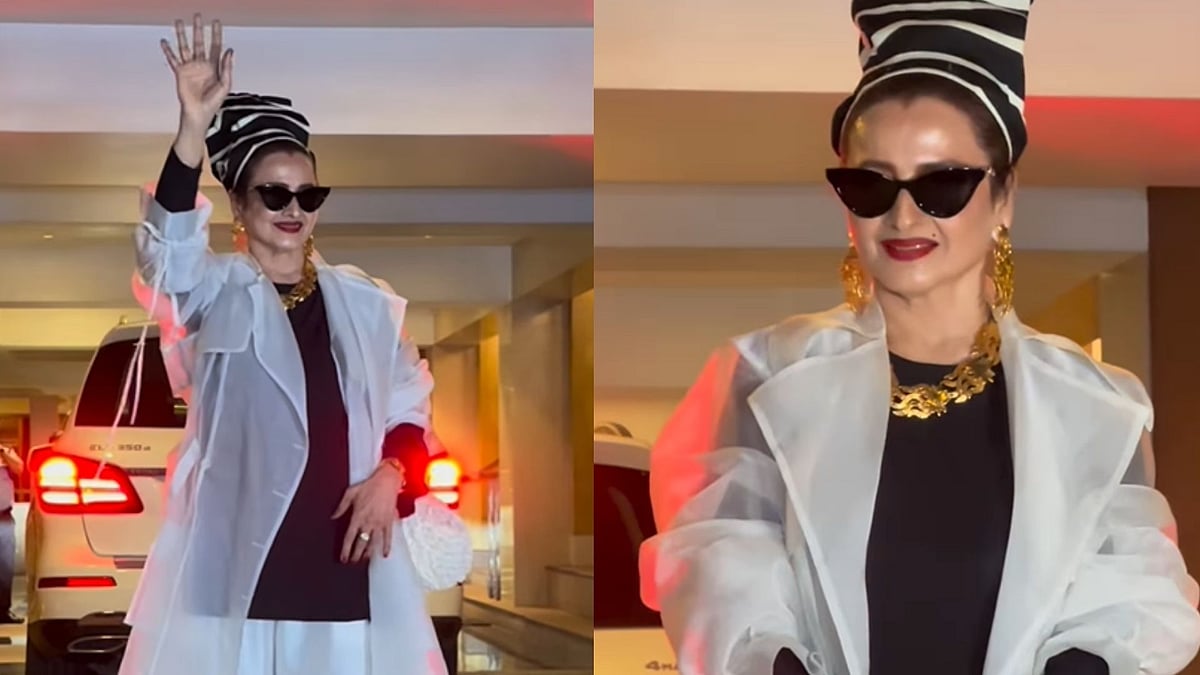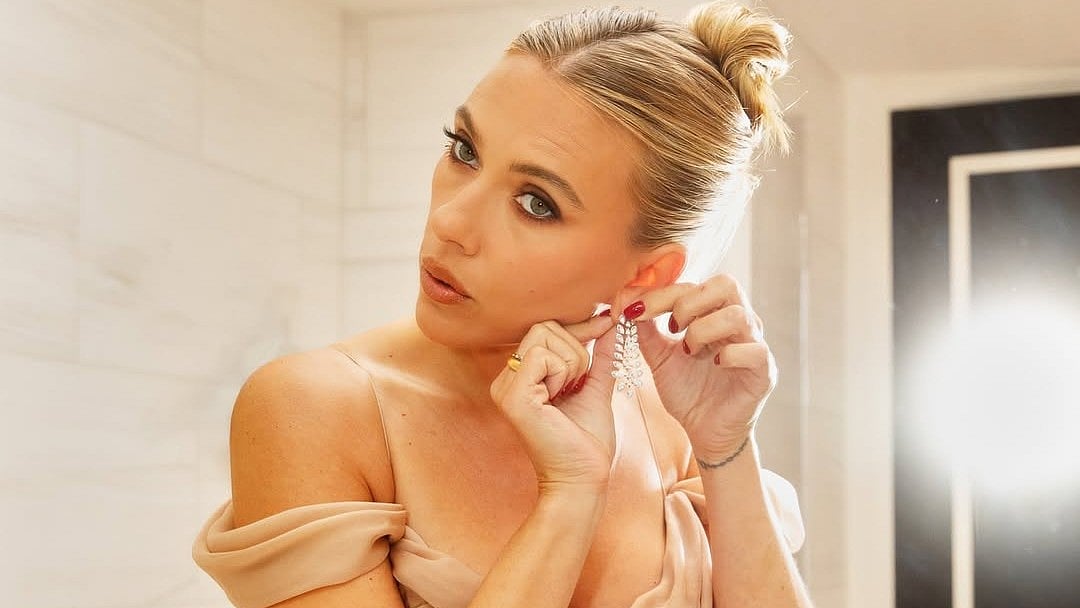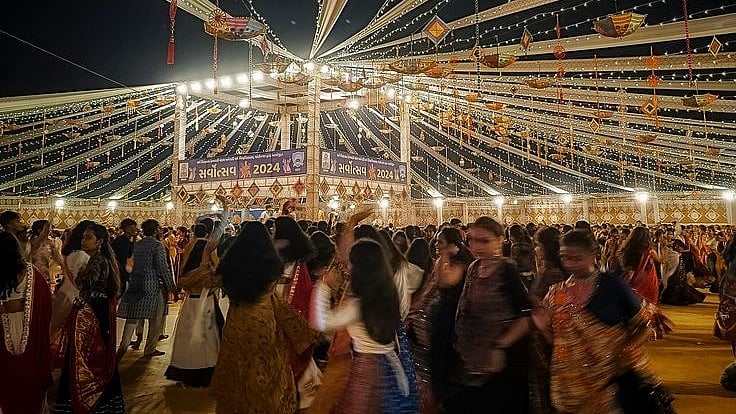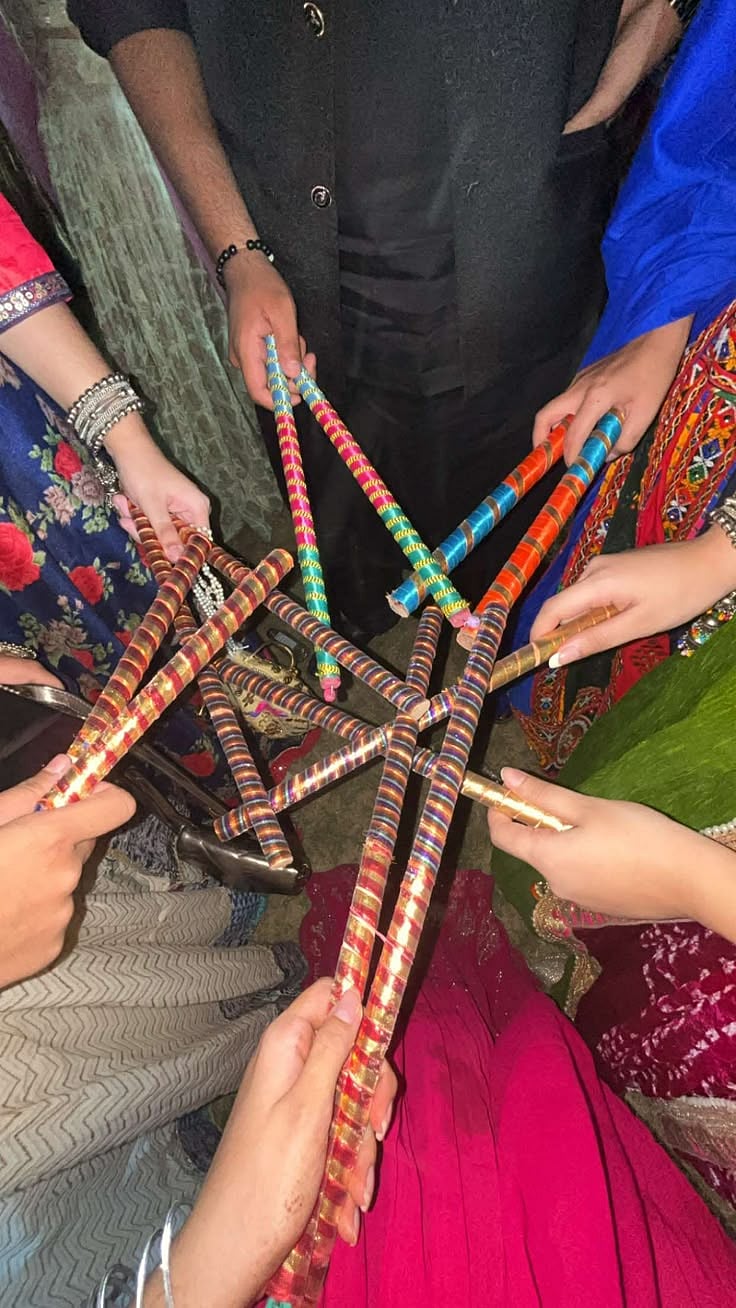Panditji’s son and disciple Rahul Sharma collaborates with Gambian musician Dawda Jobarteh for an Indo - African Fusion presentation as a tribute to the legendary santoor player. Dawda plays the 21 stringed Kora, an indigenous West African instrument. Expect some magic as the Kashmiri 100 stringed Santoor would be paired with the Kora for the very first time ever, making for a compelling dialogue between stringed instruments from diverse cultures, celebrating the spirit of inclusivity and union through music.
Jobarteh presently based in Denmark, has five albums to his credit, ‘Northern Light Gambian Night’ (2011), ‘Transitional Times’ (2016), ‘I Met Her by the River’ (2019), ‘Soaring Wild Lands’ (2022) and ‘Do you know a place called Flekkerøy?’ (2022) and is presently working on his new album.
Jobarteh recounts his connection with India on his past visits, his collaborations with Indian artists, his love for the kora and his plans for his performance on Thursday May 8, 2025 at the Nehru Centre, Mumbai.
You have visited India in the past. Tell us about the last time you visited and what memories you have of India.
The last time I visited India was in February 2023 when I had to play at the Ruhaniyat Festival in Chennai, Ahmedabad and Pune. I have played at the Ruhaniyat Festival before in different cities and it is equally special every time. The music and performances put together are always so unique and I get to hear so many different kinds of Indian music which is so beautiful, spiritual and inspiring. Everywhere the audience is so appreciative of what is played. The connection between the audience and the musicians is so special and shows how much music can bring people together in very amazing ways across time and space. In my childhood in Gambia we watched Bollywood movies and we didn’t understand much, but the music really touched me. When I have been performing at the Ruhaniyat Festival, I get this nostalgic feeling and a glimpse of childhood memories.
You also collaborated with Shashank Subramanyam, the flautist from South India. Tell us more about this collaboration and what work have you done with him?
I met Shashank around 15 years ago when we were both guests of a Danish orchestra. When he began playing, I immediately got tears in my eyes, and I knew that I wanted him to play on the album I was working on. Some months later Shashank was touring in Denmark, and I was lucky enough that he had two hours to go in the studio with me and play on some of the tunes. He also brought mridangam player Patri Satish Kumar. One of the songs they played on is called Nkanakele and Shashank made it very special. It was one of my most memorable musical meetings.
On that note, how did this tour with Rahul Sharma happen?
Banyan Tree has invited me for this event and they are also the ones who have invited me to the Ruhaniyat Festival several times.
What have you heard of the santoor?
I was not familiar with the instrument before, but now I have looked a bit into it and it is mind blowing. The variety of the sounds is like traveling the world.
Going back in time, tell us how the kora as an instrument came into being back in Gambia.
The invention of the kora is still a mystery. Legend says that the kora was given to the Mandinka tribe by a spirit and it is considered a holy instrument.
History on the kora claims that your family is very musical. Your grandfather, Alhaji Bai Konte, was one of the first solo kora artists to tour the US, and then Amadou Bansang Jobarteh, your father, was the favorite musician of Gambia’s first president, Dawda Jawara – the person you were named after. Share some trivia that we don’t know.
Mandinka is not a written language and thus we have a very strong oral tradition. To this day, music plays a significant role in disseminating information, history and also messages for example between politicians and the people. Therefore, presidents have favourite musicians who help share what they want to say to the voters.
You come from a family that plays the kora, but it was only after you relocated to Denmark, that you started to play the kora. Can you tell us what prompted you to take to playing it years later, after deciding to play the drums?
When I came to Denmark, I borrowed a kora from a Danish guy who knew my family in Gambia. He was my former drumming student when he visited Gambia. In Denmark I began to play the kora for my own sake and I was not very good at it. But I soon found out that a lot of musicians were interested in playing with me so I had to practice and become good enough for that.
What made you want to shift from Gambia to Denmark?
I was invited to Denmark to be a guest teacher in a music school. This is where I met my wife and a lot of musical friends. So I decided to move to Denmark permanently.
Can you describe the kora right from its creation?
The kora is made from half a calabash covered with cow skin. It has a long hardwood neck going through the calabash and then it has a short bridge on the skin and 21 strings of fishing line placed like on a harp but in two layers. It also has two hardwood handles going through the calabash. The strings are played with the thumb and the index finger on both hands. Each hand plays one layer of strings. The handles are held by the last three fingers on each hand.
How long does one need to learn the basics to being a fully fledged player of the kora?
I guess that all depends on the person learning it and what their experience, musicality and capabilities are.
Do you have a tour band / musicians that you travel with, or do you go on solo tours playing with session musicians?
If I have to play music with a band, I go with my own band. Depending on the specific project, I travel with different bands. I also play solo concerts without a band.
Are there different types of the kora?
I’m not aware of different types of koras. Modern koras are built differently now with tuning screws used by professional kora players. There are similar instruments that look like a kora, namely the ngoni with 4 strings and ngoni with 7 strings. They are both pentatonic.
Throughout your career, you have collaborated and performed around the world. Do you have any artists in mind for future collaborations?
Right now, I’m mainly occupied with finishing an album with a classical string quartet. But I meet so many great and interesting musicians from around the world and I am always open for possible collaborations that can take me on new musical adventures with the kora.










